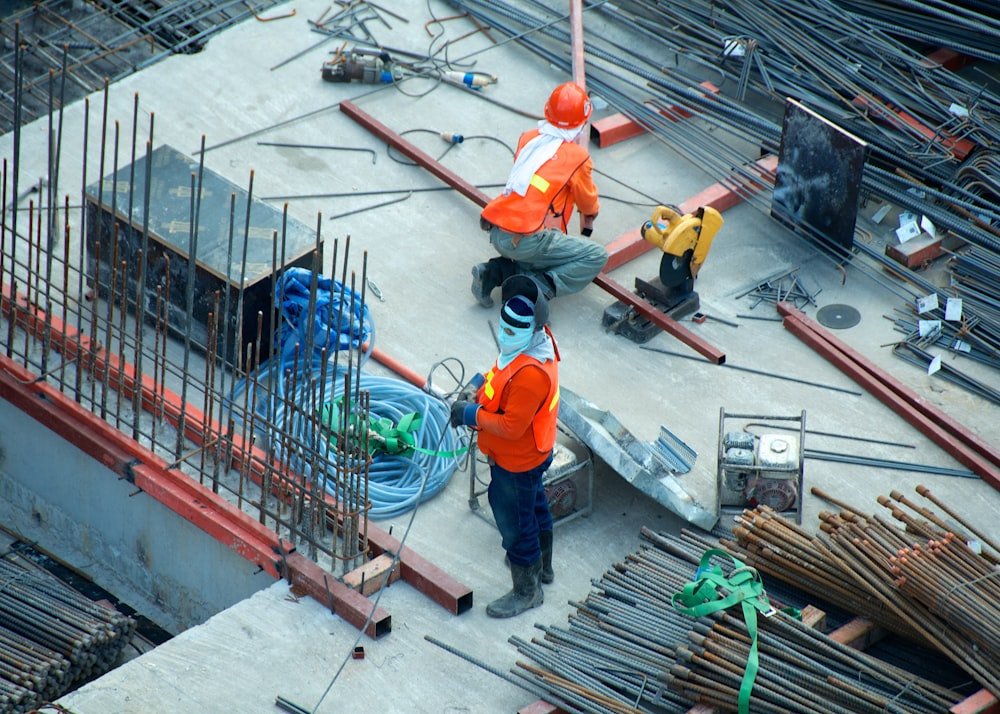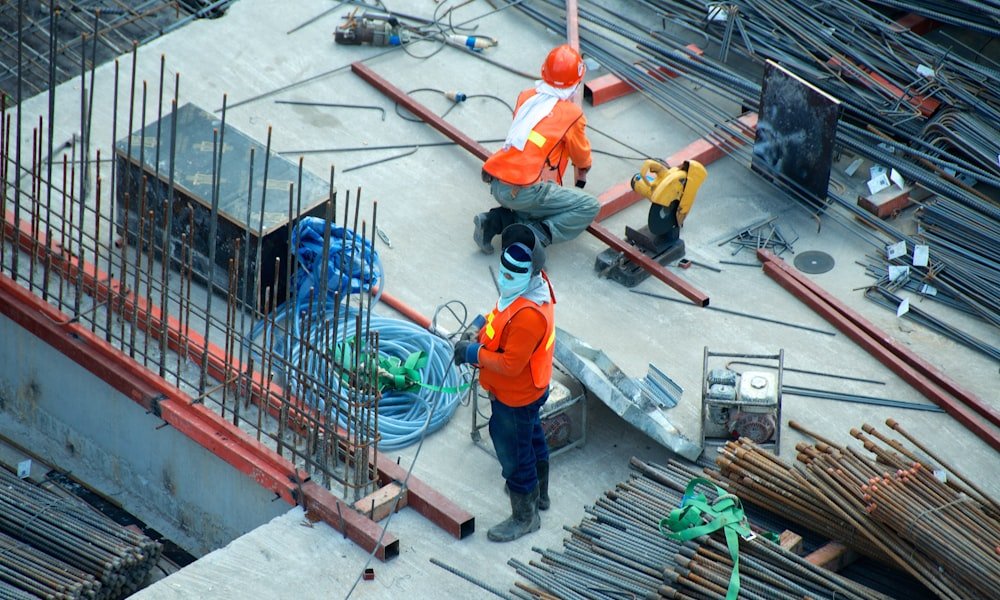About Asphalt Calculator
Your comprehensive guide to understanding asphalt calculation, estimation methods, and everything you need to know about paving projects.
Our asphalt calculator is a sophisticated tool designed to provide accurate estimates for paving projects of all sizes. Whether you're a professional contractor planning a commercial parking lot or a homeowner considering a new driveway, our calculator delivers precise calculations based on industry standards.
Built with input from experienced paving professionals, the calculator incorporates real-world factors that affect asphalt quantity and cost, including material density, compaction rates, and current market pricing.
Accuracy
95%+ precision

Accurate asphalt estimation is crucial for project success. It prevents material waste, ensures adequate supply, and helps control costs. The estimation process involves several key steps and considerations that professional contractors use to deliver precise quotes.
Key Estimation Principles
- Always measure twice, calculate once
- Account for 5-10% waste factor
- Consider site-specific conditions
- Factor in compaction requirements
- Use current material densities
Professional Tips
For irregular shapes: Break the area into rectangles and triangles for easier calculation.
For slopes: Measure the actual surface area, not the horizontal projection.
For repairs: Add 20% extra material for patching and edge work.
Evaluate the Base
Before calculating asphalt quantity, assess the existing base condition. A proper base is crucial for asphalt longevity and determines the required asphalt thickness.
Good base: Stable, well-compacted gravel (2-3 inch asphalt sufficient)
Poor base: Soft soil, poor drainage (3-4 inch asphalt recommended)
No base: Requires new gravel base + standard asphalt thickness

Measure the Area
Accurate area measurement is the foundation of proper estimation. Use a measuring tape or laser measure for precision.
Measurement Formula
Rectangle: Length × Width
Triangle: (Base × Height) ÷ 2
Circle: π × Radius²
Complex shapes: Break into simple shapes

Calculate the Volume
Volume calculation determines the cubic feet of asphalt needed. This involves multiplying the area by the desired thickness.
Volume Formula
Volume = Area × Thickness (in feet)
Example: 1,000 sq ft × 0.25 ft (3 inches) = 250 cubic feet
Note: Convert inches to feet by dividing by 12

Account for Compaction
Asphalt compacts during installation, typically reducing volume by 8-12%. Add this factor to ensure adequate material.
Compaction Factors
Standard mix: 10% compaction factor
Fine mix: 8% compaction factor
Coarse mix: 12% compaction factor
Final Volume = Volume × 1.10 (for 10%)

Site Conditions
Soil type: Clay soils require thicker asphalt (3-4 inches vs 2-3 inches)
Drainage: Poor drainage areas need additional thickness for stability
Slope: Steep slopes require more material due to increased surface area
Existing surface: Overlay projects may need varying thickness for leveling
Project Specifications
Load requirements: Heavy vehicles need thicker asphalt
Longevity goals: Longer-lasting surfaces require premium materials
Local codes: Building codes may specify minimum thickness
Edge conditions: Unsupported edges need additional reinforcement
Material Variations
Aggregate size: Larger aggregates require thicker lifts
Mix design: Different mixes have varying compaction rates
Recycled content: RAP mixes may compact differently
Additives: Polymers and modifiers affect material properties
Quantity Adjustment Guidelines
• Add 5-10% for waste and spillage
• Add 10-15% for irregular shapes
• Add 15-20% for repair work
• Add 20-25% for first-time contractors
Light Traffic
Examples: Residential driveways, walkways
Thickness: 2-3 inches
Load limit: Up to 10,000 lbs
Vehicles: Cars, light trucks, motorcycles
Medium Traffic
Examples: Commercial parking, small roads
Thickness: 3-4 inches
Load limit: 10,000-40,000 lbs
Vehicles: Delivery trucks, buses, RVs
Heavy Traffic
Examples: Highways, industrial areas
Thickness: 4-8 inches
Load limit: 40,000+ lbs
Vehicles: Semi-trucks, heavy equipment
Traffic Impact on Asphalt Quantity
Frequency considerations:
- • Daily traffic volume
- • Peak hour loading
- • Seasonal variations
- • Future growth projections
Load distribution:
- • Axle load limits
- • Tire pressure effects
- • Channelized traffic patterns
- • Turning movement stresses
Temperature Effects
Hot Climates (80°F+)
Softer asphalt, potential rutting, may require stiffer binder grades
Cold Climates (Below 32°F)
Thermal cracking risk, requires flexible binder grades, thicker sections
Seasonal Installation
Spring (Ideal): Moderate temperatures, good compaction conditions
Summer: Hot weather may require early morning paving
Fall (Ideal): Cooler temperatures, extended working hours
Winter: Limited to emergency repairs, higher costs
Climate-Based Quantity Adjustments
Freeze-thaw regions:
Add 0.5-1 inch thickness for thermal protection
High rainfall areas:
Improved drainage base, potential thickness increase
Extreme heat zones:
Premium binders may increase material costs 10-15%
Tack Coat Application
Tack coat is a thin layer of asphalt emulsion applied between asphalt layers or over existing pavement to ensure proper bonding.
Tack Coat Specifications
Application rate: 0.05-0.10 gallons per square yard
Material: CSS-1h or SS-1h emulsion
Coverage: 1 gallon covers 160-320 sq yards
Cost: $0.15-0.25 per square foot

Prime Coat
Applied to granular base before asphalt
Rate: 0.20-0.50 gal/sq yd
Purpose: Waterproofing and bonding
Seal Coat
Protective surface treatment
Rate: 0.10-0.20 gal/sq yd
Purpose: Weather protection
Joint Sealant
Fills cracks and joints
Rate: 1-3 lbs per linear foot
Purpose: Prevent water infiltration
Hot Mix Asphalt (HMA)
Dense-Graded Mix
Most common type, good for all traffic levels. Provides excellent durability and weather resistance.
Stone Matrix Asphalt (SMA)
High-performance mix with stone-on-stone contact. Excellent for heavy traffic and high-stress areas.
Open-Graded Mix
Porous surface for drainage. Used in areas with heavy rainfall or where noise reduction is important.

Warm Mix Asphalt (WMA)
Temperature: 200-250°F (vs 300°F for HMA)
Benefits: Lower emissions, extended paving season
Applications: Environmentally sensitive areas
Cost: 5-10% premium over standard HMA
Cold Mix Asphalt
Temperature: Ambient temperature application
Benefits: Year-round use, lower energy costs
Applications: Temporary repairs, remote areas
Limitations: Lower durability than hot mixes
What is Asphalt?
Asphalt is a mixture of aggregates (stone, sand, gravel) bound together with asphalt cement (bitumen). This combination creates a durable, flexible pavement material that can withstand traffic loads and weather conditions.
Composition
• 95% aggregates (stone, sand, gravel)
• 5% asphalt cement (bitumen binder)
Properties
• Waterproof and weather-resistant
• Flexible and durable
• Recyclable and sustainable

Transportation
• Highways and roads
• Airport runways
• Bridge decks
• Bike paths and trails
Commercial
• Parking lots
• Shopping centers
• Industrial facilities
• Loading docks
Residential
• Driveways
• Private roads
• Walkways
• Recreation areas